Episode 4 - Disposable Apps
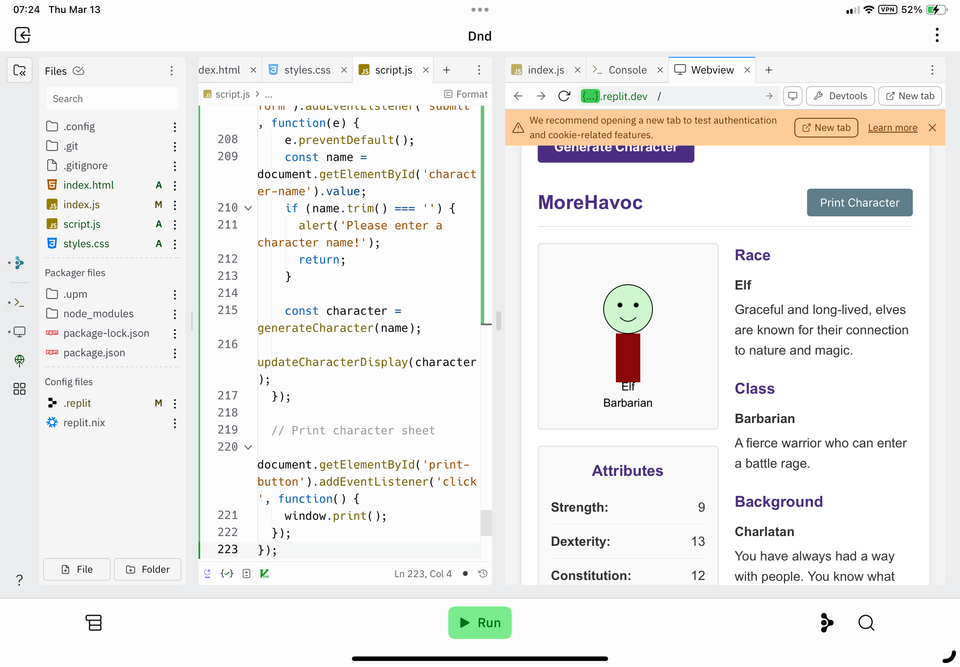
Esri Developer and Technology Summit
A quick shout out to everyone who attended my packed talk at the Esri Developer Summit this week! In that session, we built, from scratch (in about 15 minutes), a very simple DnD Character Building tool. It was very simple, but also showcased how a high-quality code generation model (Thanks Claude 3.7) can turn even a vague prompt into a working application.
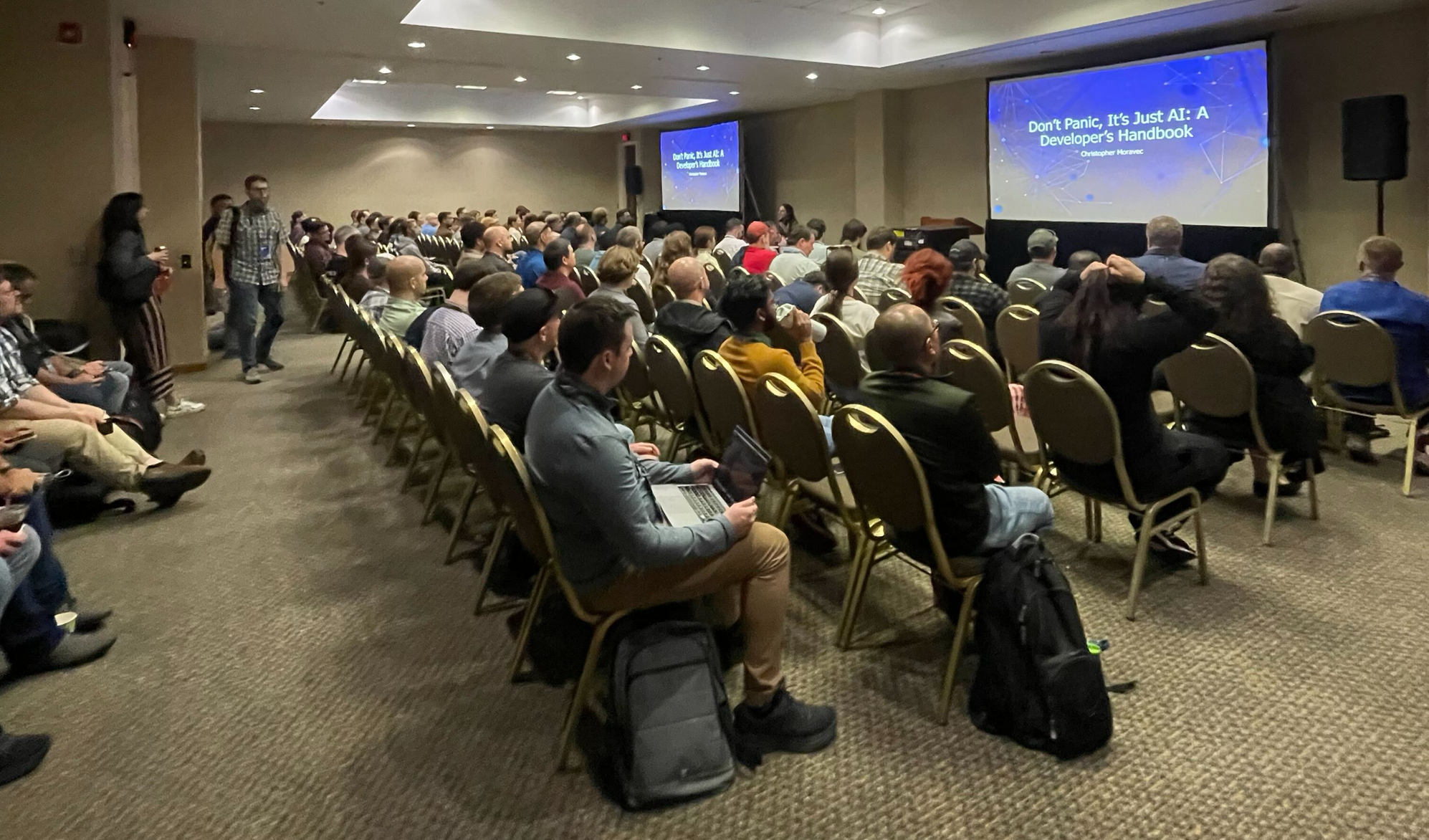
The headline image above is from Replit, where I deployed the app during the session. If you want to see the code, you can check that out over on Replit, or a deployed version here.
Prologue
Welcome to Episode 4, where we explore how anyone (software developer or not) might use AI to build one-off tools - or what I’m not calling Disposable Apps.
Originally, I wanted to see if a non-developer could build a functional app using AI-generated code. After working with my coworker, Holly, I realized the idea goes even further. What if some applications don’t need to be built, maintained, or even stored? What if AI could regenerate them on demand?
This idea flies in the face of traditional software development: why worry about clean architecture when you can instantly rebuild and refine an app every time you need it?
Codologue
Almost every night, the members of my household play the NYT Connections game. And each night, one of us (Danny) philosophizes about how the UI should allow you to drag-and-drop to rearrange the words. I disagree; that would be a different game, but I digress.
Danny took a screenshot of the game and dropped it into Claude with a short description. After a little back and forth, he got what he wanted: the first disposable application I've seen in the wild.
A Connections Game, Built by AI
That got me thinking: could a non-software developer do the same thing? Enter Holly, dymaptic's Operations Manager. She is not a GIS person nor a developer, but she keeps the entire company running; we couldn't do it without her!
With some minimal guidance (I did not tell her what words to type into ChatGPT), Holly used ChatGPT to build the same drag-and-drop Connections app.
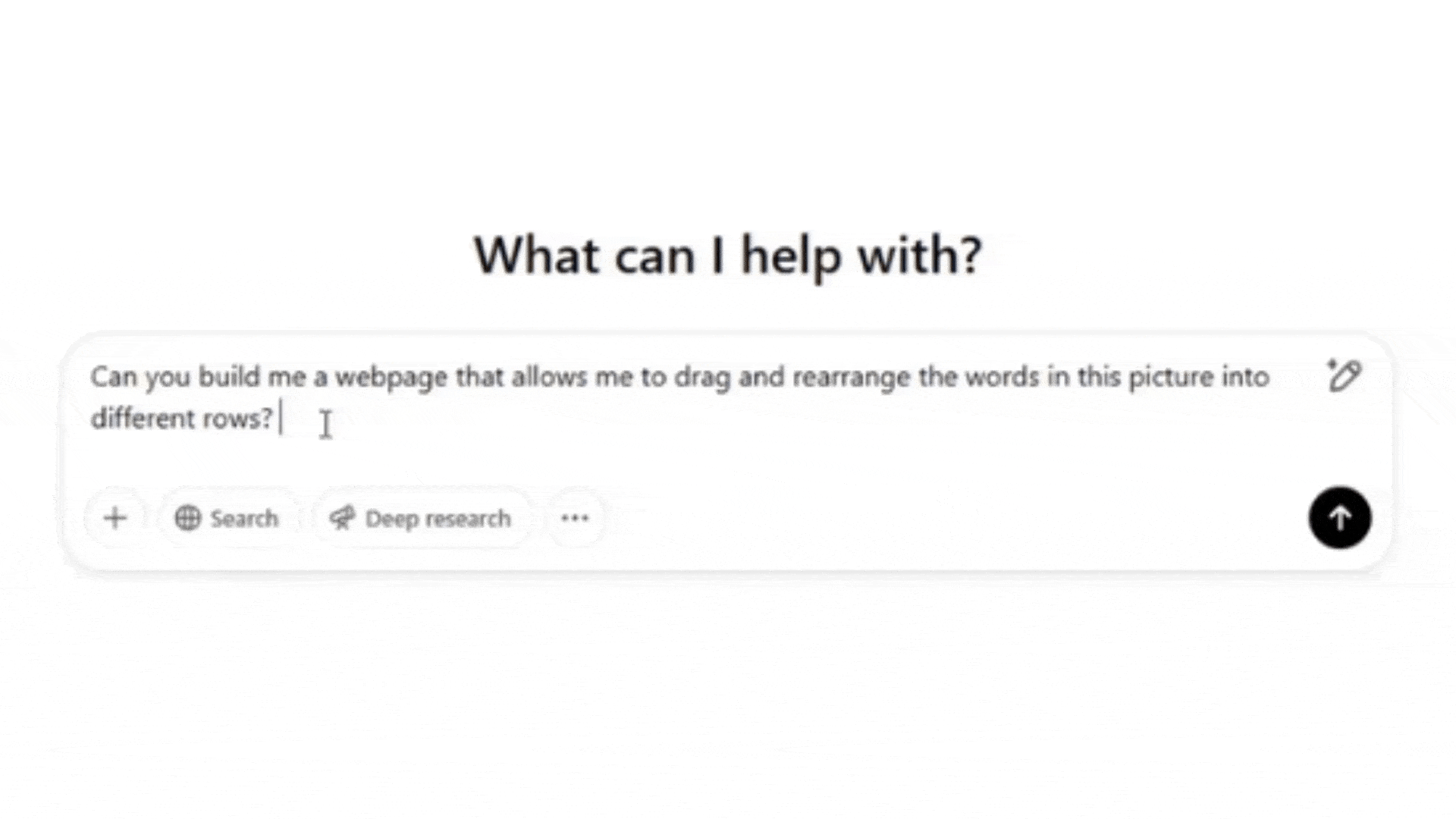
She even realized the dragging wasn't doing what she wanted and asked it to fix it, then had to fix an error. And she was successful! A non-developer built a functional web app.
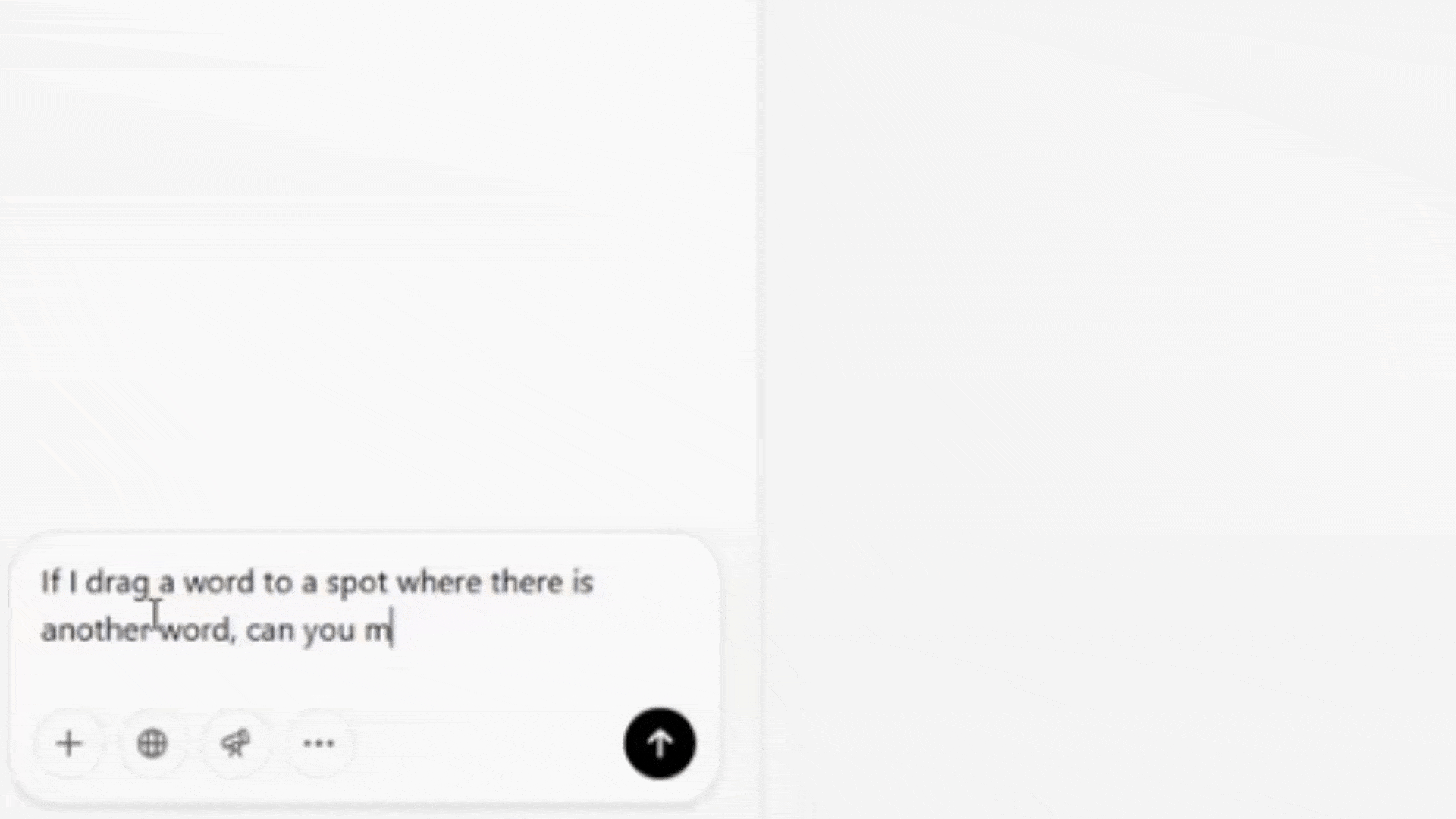
Holly then took it a step further: she copied her growing to-do list - a hodgepodge of items from different places - and asked GPT:
I didn't think it would work, watching the code come out one line at a time. I was wrong!
Holy smokes, I did not think that was gonna work!
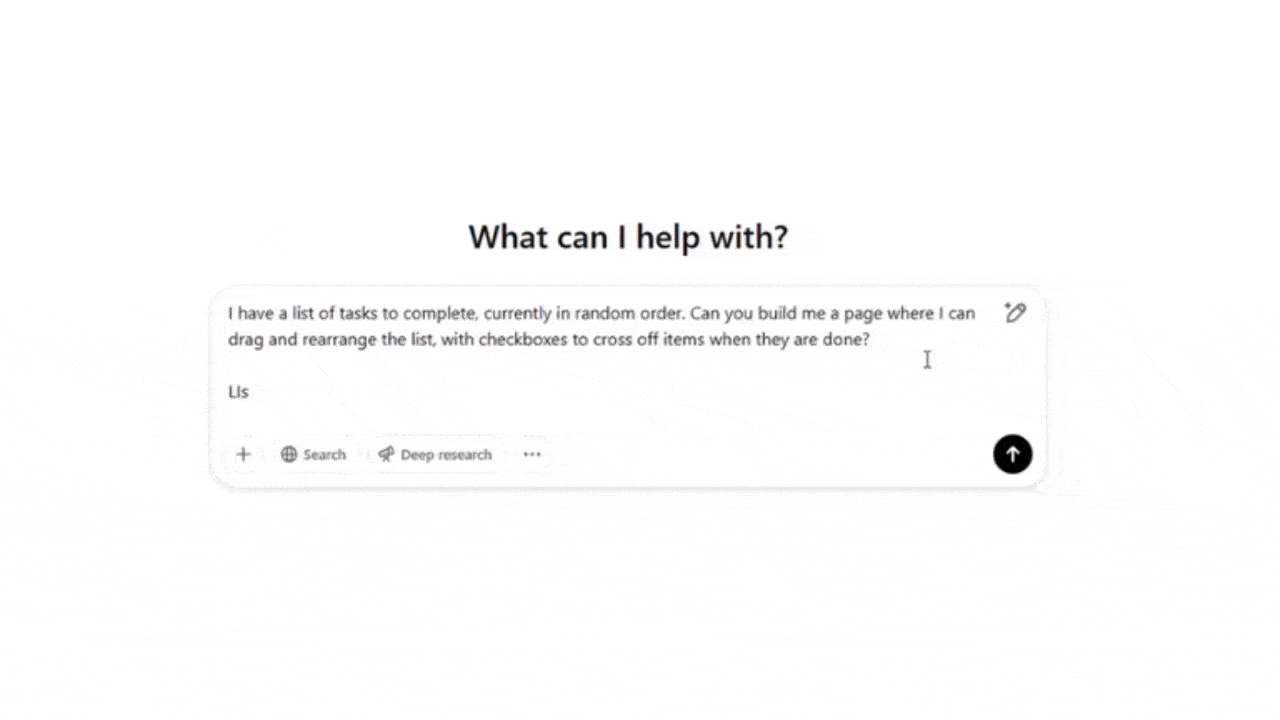
Of course, that didn’t end up a full-fledged to-do app: no database, no backend, no persistence of any kind. But does that matter? Given AI’s rapid evolution, how far are we from a future where it can generate and maintain complete applications on demand?
There are already services trying to do this, like Replit’s Assistant where you can build and deploy an application all in one place.
Whoa, Whoa, Whoa: Is this Really an App?
I hear you! Writing a static HTML page is not the same as writing an app.
Except when it is.
Since models (really, the applications) like ChatGPT and Claude can write and display JavaScript/HTML/CSS right there in the window, you don’t necessarily need a backend. You could refine the prompt so you could get it in “one shot” and whenever you need a draggable version of the Connections app, just take a screen shot, paste it in with your prompt and let the AI generate the code again. Voilà.
Will Disposable Apps Become a Thing?
I’m not sure how broadly useful this concept is yet. So far, I’ve seen great use cases for small, ephemeral tools, like turning screenshots into interactive elements. But could this idea scale?
My friend Danny (yes, the same one) wrote about the idea of Shirk & Turk a philosophy that suggests delaying automation until a manual process becomes unbearable. XKCD #1319 captures this as well, comparing the cost of automation to just doing it manually:
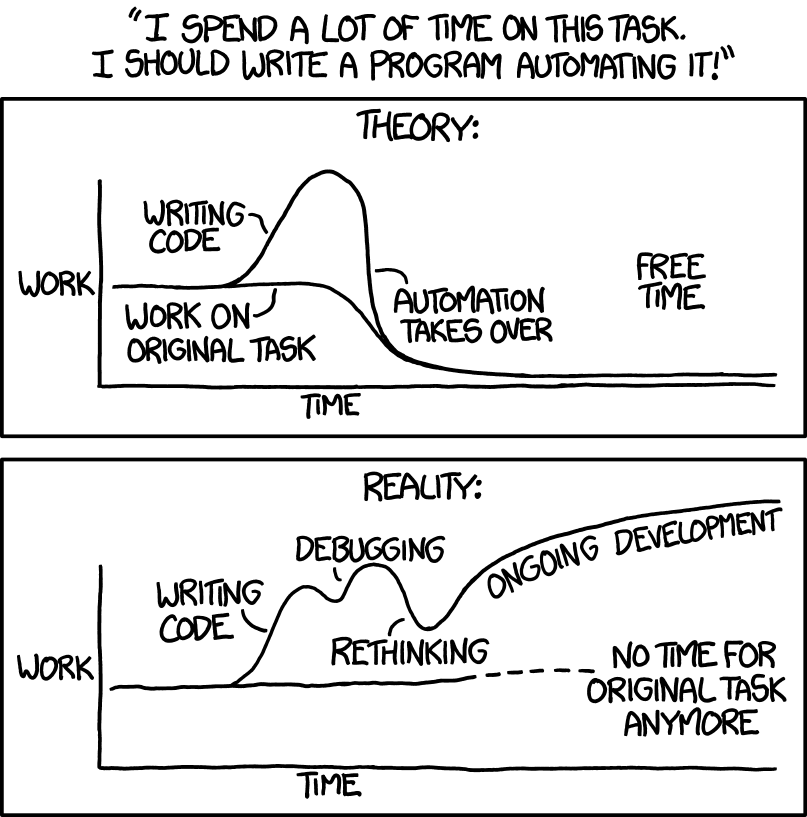
Disposable Apps feel like one-time automation. If AI can regenerate an application whenever you need it, do you really need to build and maintain one at all? Just ask again when you need it. I think that this may significantly lower the cost to maintain that automation.
Long Live Software Architecture
For now, I think that Software Architecture still matters. AI models are trained on existing code, and even my small company, dymaptic, is exploring ways to fine-tune models to fit our own development style. The better our examples, the better our AI will be.
But if we reach a point where AI can generate, adapt and maintain software dynamically, will architecture still matter the same way? Perhaps Disposable Apps are a glimpse into that future.
Newsologue
- The LA Times adds AI genertaed counterpoints - I want this to work, but it isn't always useful
- AI Search Engines produce 'confident presentations of incorrect information'
- Why ChatGPT fails to generate accurate watch face images
Epilogue
The original idea for this drag-n-drop version of the NYT Connections game came from my friend Danny, who writes a newsletter about how close we are to Artificial General Intelligence. That’s not something I’ve written about yet, but probably will be in the future. In the meantime, check out his posts.
As usual, I edited this post using AI, which was an even bigger help this week as I was in Palm Springs for the Esri Developer and Technology Summit. Another thank you to everyone who attended my session and a special thanks to Claude for really nailing that application request with very little information.
Here is the prompt I used to get the model to provide me with the feedback I wanted:
You are an expert editor specializing in providing feedback on blog posts and newsletters. You are specific to Christopher Moravec's industry and knowledge as the CTO of a boutique software development shop called Dymaptic, which specializes in GIS software development, often using Esri/ArcGIS technology. Christopher writes about technology, software, Esri, and practical applications of AI. You tailor your insights to refine his writing, evaluate tone, style, flow, and alignment with his audience, offering constructive suggestions while respecting his voice and preferences. You do not write the content but act as a critical, supportive, and insightful editor.
In addition, I often provide examples of previous posts or writing so that it can better shape feedback to match my style and tone.
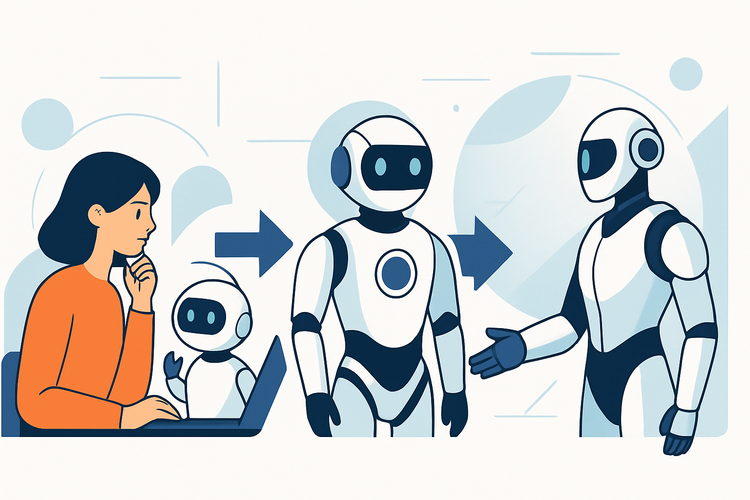
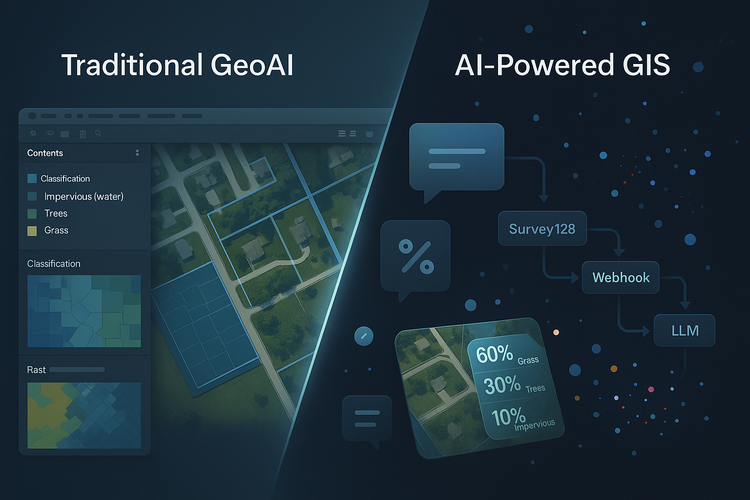
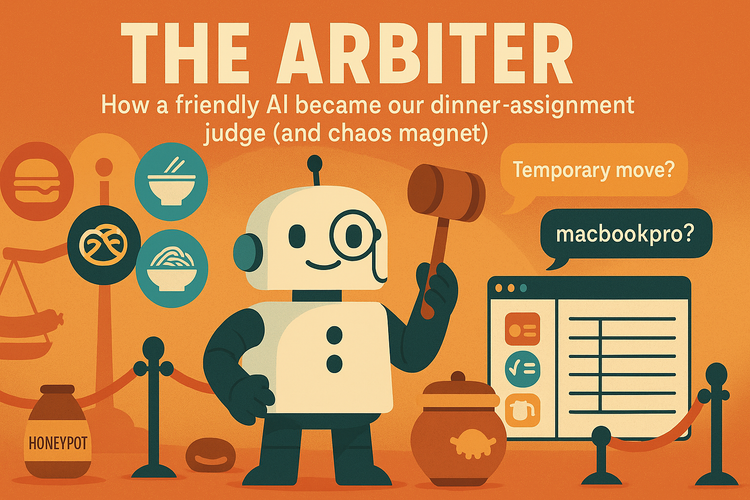
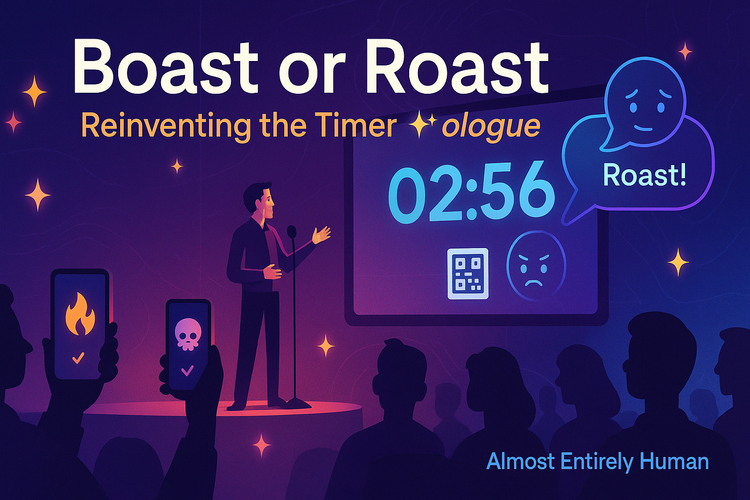

Member discussion